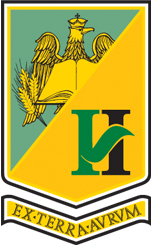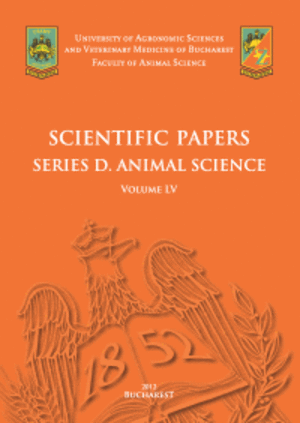Published in Scientific Papers. Series B, Horticulture, Vol. LXVIV, Issue 1
Written by Luisa ANDRONIE, Ioana POP, Florica MATEI, Iulia COROIAN, Adina TRUȚĂ, Aurelia COROIAN, Ștefania ANDRONIE
The biological activity and the pharmaceutical properties of plants are strongly dependent on their structure. In the current study, the FT-IR spectroscopy technique was applied to detect molecular components in forest tree seeds samples. We used FTIR (Fourier transform infrared) spectroscopy because this tehnique gives information on specific functional chemical groups present in organic matter. However, the whole spectrum may also contain information that relates to more general chemical or biological properties. The FT-IR results revealed the presence of different bio-active compounds in pine such as flavonoids, tannins, sugars, acids, proanthocyanidins, carotenoids, citric metabolites and others. The comparison of the antioxidant activity of the studied forest tree emphasized a hierarchy of the antioxidant capacity in pineseeds and beechseeds. The purpose of the study was to investigate the antioxidant capacity and nutritional value of pineseeds and beechseeds. Antioxidant capacity was evaluated with photochemical assay as well as humidity, protein, fibre, lipid and carbohydrate content. The highest antioxidant capacity was observed in beechseeds 1292.79 ± 5.71 in comparation whit pineseeds 1.78 ± 0.39 (μg/mg equivalent ascorbic acid). These results can provide useful information providing a research interest for the identification of new molecular compounds from forest tree seeds.
[Read full article] [Citation]




